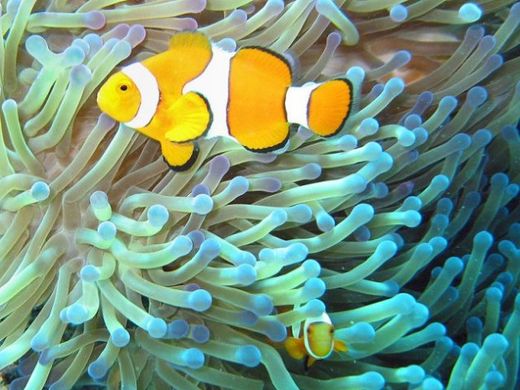
© Morales/age fotostock/SuperStockTurning on us.
Habitat loss may be to blame for an apparent spate of violent attacks by chimpanzees on humans in the war-torn eastern region of the Democratic Republic of the Congo (DRC).
According to officials at
Virunga National Park, located on the border between the DRC, Uganda and Rwanda, at least one person - a child - has been killed in recent months, in a chimpanzee attack just south of the park in the area around the city of Goma.
A woman attempted to scare the chimp away to protect the child, says
Alison Mollon of the Frankfurt Zoological Society (FZS) in Germany, which works in partnership with the park. Unfortunately, the chimp reacted aggressively. "It generally seems that where people react aggressively, the result is aggressive behaviour in return," she says.
Mistrust of chimpanzees has been heightened by local media reports, which suggest that
as many as 10 people have been killed and 17 injured by chimps, in acts that were reported as "revenge attacks" for people encroaching on their territory.
Such reports highlight the urgent need to defuse the situation - both by educating locals in behaviours that will minimise the chances of violent confrontations, and by habituating chimps to humans. But efforts are being thwarted by the
armed conflict between M23 rebels and the DRC government, which began in April.
"As soon as we can return, we will distribute information flyers in Swahili and French," Mollon says. But putting out clear, useful information becomes more difficult once rumours of violence have spread.
